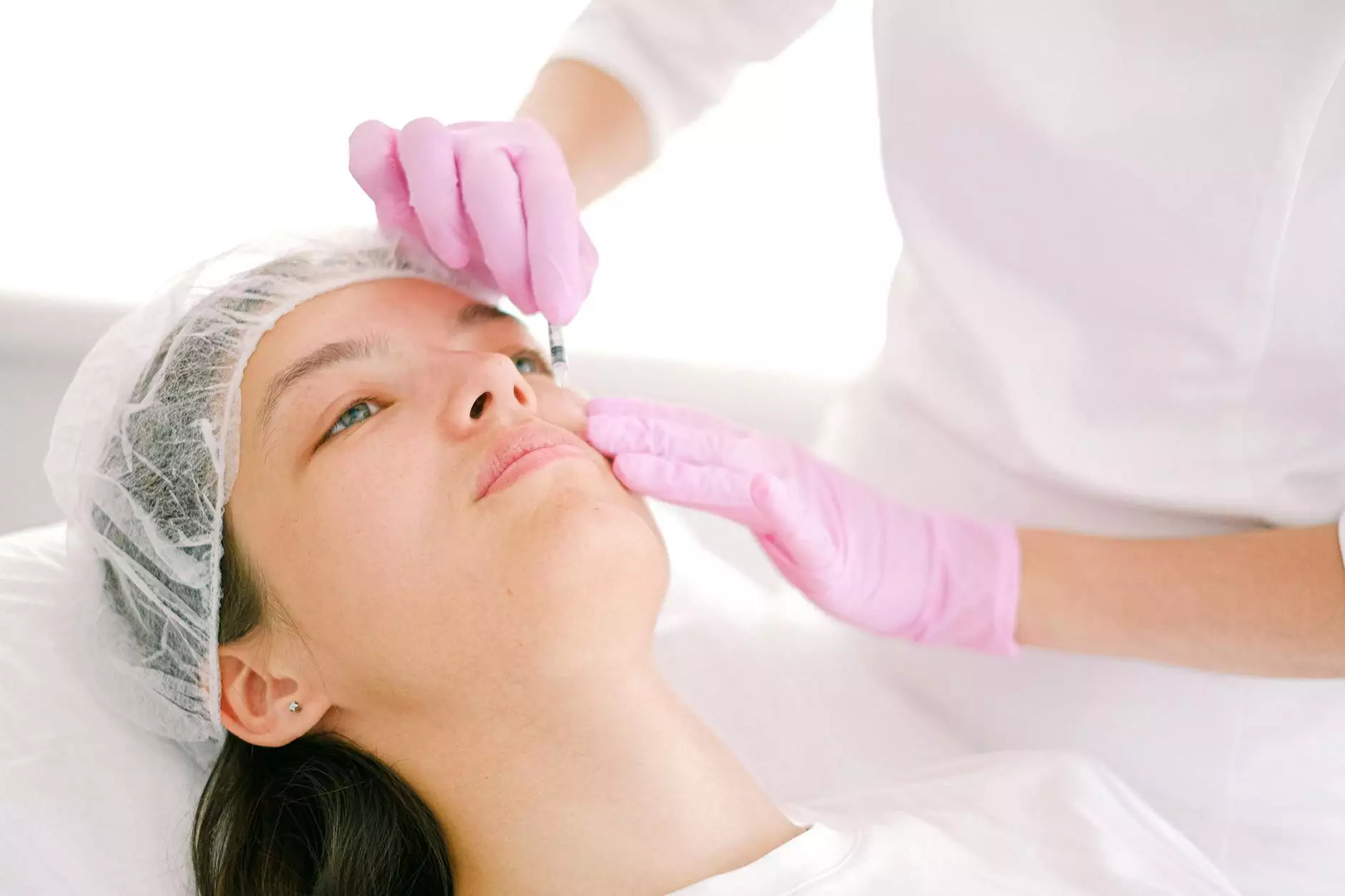Understanding Hystero Salpingo Oophorectomy: A Comprehensive Guide

What is Hystero Salpingo Oophorectomy?
The term hystero salpingo oophorectomy refers to a significant surgical procedure that involves the removal of the uterus, fallopian tubes, and ovaries. This operation is often performed due to various medical conditions, including cancer, endometriosis, or severe pelvic inflammatory disease. Understanding this procedure is crucial for patients who may be advised to undergo it and for their families. This article aims to elucidate every facet of hystero salpingo oophorectomy, helping you make informed decisions about your health.
Indications for Hystero Salpingo Oophorectomy
There are several reasons why a healthcare provider might recommend a hystero salpingo oophorectomy. Here are some of the most common indications:
- Uterine Cancer: One of the primary reasons for this surgery is the presence of cancer in the uterus or ovaries.
- Endometriosis: This painful condition can lead to dysfunctional uterine bleeding and chronic pain, making this surgery a viable option.
- Ovarian Cysts: Large or problematic cysts may necessitate the removal of the ovaries.
- Pelvic Inflammatory Disease (PID): Chronic PID can cause scarring that affects reproductive organs, sometimes requiring surgical intervention.
- Severe Abnormal Bleeding: Irregular or heavy bleeding can sometimes lead to a diagnosis necessitating this surgery.
Understanding the Procedure
The surgical procedure of hystero salpingo oophorectomy can vary depending on the patient's specific needs and the surgeon's recommendations. Here’s a breakdown of what to expect:
Preoperative Preparations
Before the surgery, patients typically undergo a series of evaluations, including:
- Physical Examination: To assess the patient's overall health.
- Imaging Tests: Such as ultrasounds or MRIs, to evaluate the reproductive organs.
- Labs: Blood tests to check hemoglobin levels, organ function, and more.
The Surgical Process
The actual surgery may be performed using one of two methods: open surgery or minimally invasive laparoscopic surgery. Each has its own advantages and risks:
- Open Surgery: Involves a larger incision and may provide more visibility, but comes with a longer recovery time.
- Laparoscopic Surgery: Less invasive, using smaller incisions with the aid of a camera, often leading to quicker recovery and less postoperative pain.
Postoperative Care and Recovery
Post-surgery, patients will receive care instructions that typically include:
- Rest: It's crucial to allow your body to heal, minimizing strenuous activities.
- Pain Management: Pain relief medication may be prescribed to ease discomfort during recovery.
- Follow-up Appointments: Regular check-ups to monitor healing and address any concerns.
Understanding what to expect during recovery can alleviate anxiety and assist in preparing for this critical time.
Possible Risks and Complications
Like any surgical procedure, a hystero salpingo oophorectomy carries potential risks, including:
- Infection: Surgical site infections can occur but are manageable with prompt medical attention.
- Bleeding: There is a risk of excessive bleeding that may require a transfusion.
- Anesthesia Risks: Each individual reacts differently to anesthesia, and complications can arise.
- Long-term Effects: Removal of the ovaries can induce menopause, leading to various hormonal changes.
Discussing these risks with your healthcare provider can prepare you for potential outcomes and management strategies.
Benefits of Hystero Salpingo Oophorectomy
Despite the risks, there are significant benefits that can arise from undergoing a hystero salpingo oophorectomy:
- Relief from Symptoms: Many women experience a substantial reduction in pain and other symptoms associated with their underlying conditions.
- Cancer Prevention: For those at high risk, the removal of reproductive organs can prevent the development of certain cancers.
- Improved Quality of Life: Patients often report an overall enhancement in their quality of life following recovery.
Living After Hystero Salpingo Oophorectomy
Post-surgery life can be different for individuals, especially those who had their ovaries removed. It is critical to consider the following aspects:
- Hormone Replacement Therapy (HRT): Discuss with your doctor if HRT is suitable for you to manage symptoms of menopause.
- Emotional Wellbeing: Make sure to seek support to deal with emotional changes that can occur after such a significant surgery.
- Regular Health Check-ups: Continue regular screenings as recommended by your healthcare provider.
Conclusion
The decision to undergo a hystero salpingo oophorectomy is not easy and should be made with comprehensive understanding and professional guidance. At Dr. Seckin's practice, we prioritize patient education, support, and holistic care. If you find yourself facing this path, know there are resources and professionals ready to assist you through this journey. A better understanding of your health and body can significantly enhance your experience and outcomes.
For more information, appointments, or to speak with our expert team, visit drseckin.com.









